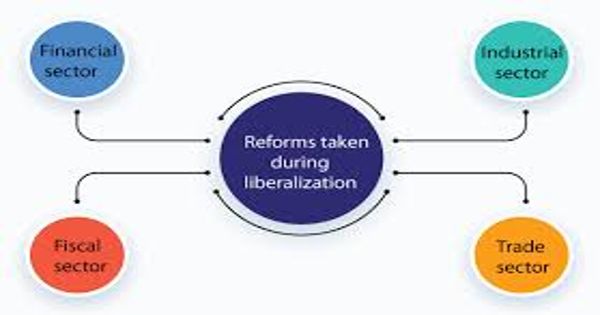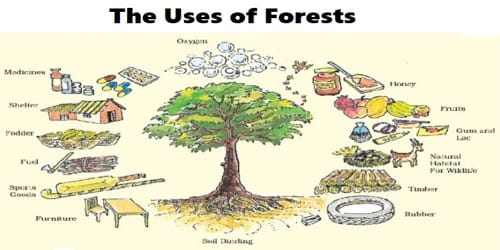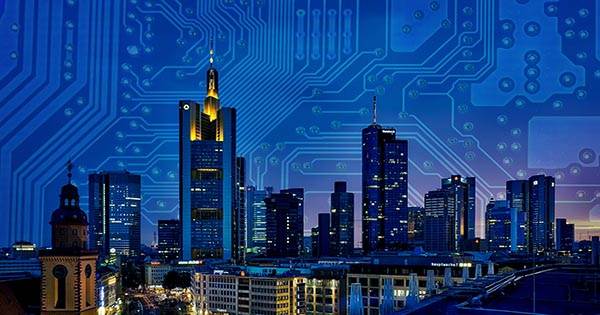Industrial Liberalization Policy
For more than three decades, European institutions have been committed to opening up the markets of public services, which were traditionally managed under monopolistic arrangements within each member state. The socialist economy started falling into disfavor during the eighties of this century all over the world. Gorbachev, the leader of the then Soviet Union, introduced glasnost and perestroika for liberalizing their economy so as to make it market-oriented. The internationalization of firms previously operating in this sector is a phenomenon that will reshape the relationships between national governments and national industry. Thus a mixed capitalist enterprise system emerged in the world as a reaction. After sometime China also introduced economic reforms and partially opened its doors to foreigners.
To ‘Liberalize’ means remove or loosen restrictions on (something typically an economic or political system). Generally, Liberalization refers to the removal or relaxation of restrictions imposed by the previous government usually in areas of economic or social policy. Under in the leadership of Sri Nehru, our five-year plans were launched with fanfare on the basis of the socialistic economy, the emphasis being laid on the public sector enterprises. But man a public-sector big industry started on an ambitious scale, sustained losses. It was thus realized that the public sector could not ensure maximum efficiency and productivity of capital. Want of initiative of managers and proper pealing policy and some other restrictive factors were mainly responsible for this state of things.
In the area of social policy, liberalization refers to the relaxation of laws, for example, laws on homosexuality, drugs, abortion, divorce etc. In the area of economic policy, liberalization can either be privatized or be liberalized. To remedy the situation govt. of India announced a new industrial policy in 1970. In 1985 foreign concerns were allowed to take part in some of our industries, to step up the pace of modernization. In 1988, Govt. of India further liberalized its industrial policy, especially with regard to M & TP act (monopolistic and trade practice), to curb and control the monopolistic houses. Its other aim was to remove restrictions on direct foreign investment and thus integrate the Indian economy with the world economy. The changed industrial licensing policy sought to invite foreign investment and foreign technology for making our industries more dynamic and profitable.
The economic liberalization in India refers to the current reforms in India. The Indian economy was liberalized in 1991. On top of all, in 19994, the Dunkel act was signed by Govt. of India amidst raging (angrily continuing) controversies and protests of the leftists. The leftists apprehend that in the long run, India will be a loser from this arrangement, especially in the field of agriculture, medicine, and some industries. But the govt. claims that good results have already started flowing and our foreign reserves (sterling balance) have gone up substantially. in the meantime, GATT (General agreement for Tariff and trade) has been replaced by the world trade organization.
The prime ministers of India as also the finance minister are repeatedly assuring us that these new economic reforms would remove poverty at the grass-root levels. The trends are so far favorable. But the recent financial crash in Mexico, another country that liberally allowed foreign investments, has started seeding distress signals (alarms.) will the fall-out of the Mexican economy also be the ultimate fate of India? The govt. of India is, however, alert and treading the new path cautiously. It will take some time before a clear economic picture emerges still, safeguards have to be provided.
















